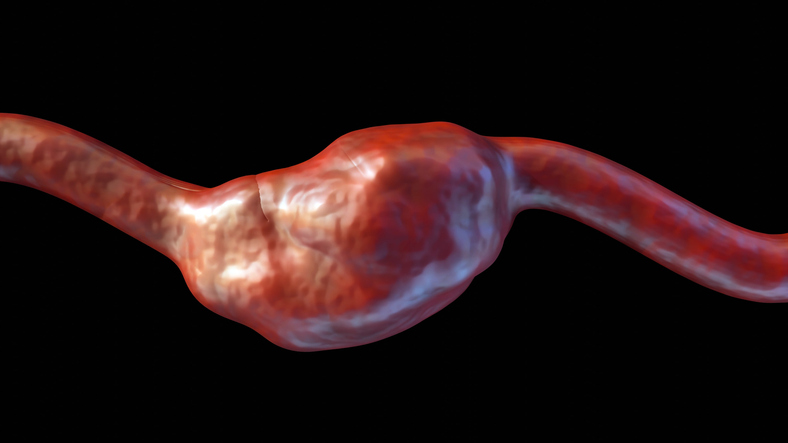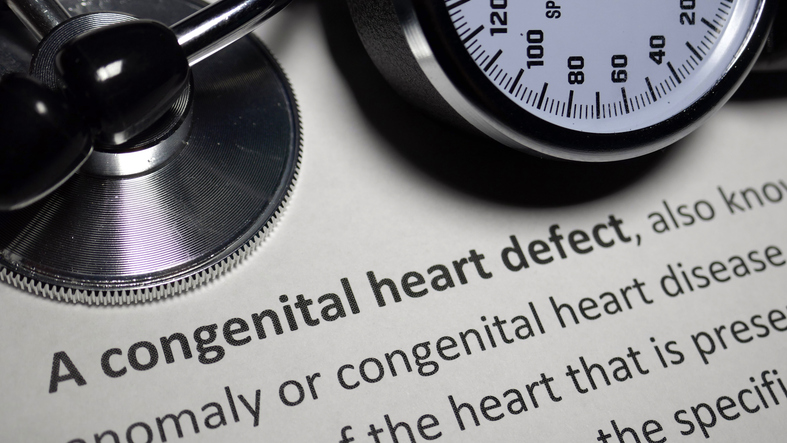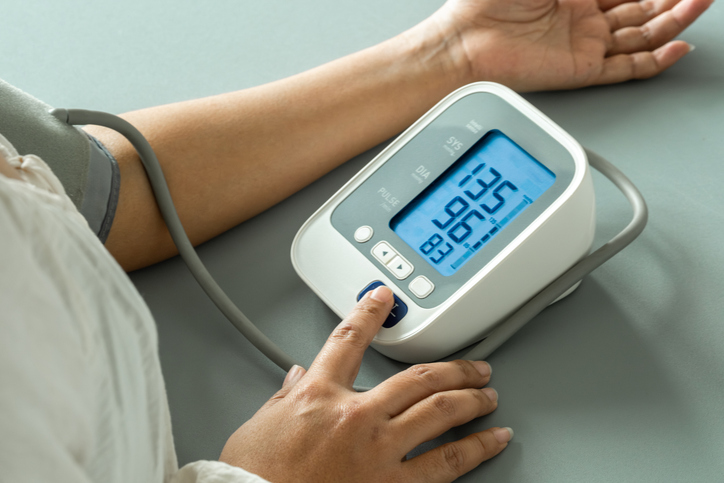
Carrying around excess weight in the abdominal region is linked with the recurrence of atherosclerotic cardiovascular diseases (CVD) following an initial myocardial infarction, a new study suggests.
“Patients are typically put on a stringent medical treatment regimen after their first attack to prevent second events (called secondary prevention),” study author Hanieh Mohammadi of the Karolinska Institute, Stockholm, Sweden, said in a press release. “Secondary prevention works through reducing risk factors associated with heart attack and stroke such as high blood sugar, lipids and blood pressure. It was previously unknown whether abdominal obesity is a risk factor for recurrent events among patients on secondary prevention treatments.”
The study, published in the European Journal of Preventive Cardiology, identified more than 22,000 patients from the national Swedish Web-system for Enhancement and Development of Evidence-based Care in Heart Disease Evaluated According to Recommended Therapies (SWEDEHEART) registry who reported for a clinical revisit four to 10 weeks following their first myocardial infarction. The study authors followed participants for non-fatal myocardial infarction, coronary heart disease death, and non-fatal or fatal ischemic stroke, using univariate and multivarible-adjusted Cox regression models to calculate hazard ratios and 95% confidence intervals in quintiles of waist circumference (and three categories of body mass index (normal, overweight, and obesity). Mean follow-up time was 3.8 years.
Majority of Patients Had Abdominal Obesity
According to the results, most patients in the analysis had abdominal obesity. A total of 1,232 men (7.3%) and 469 women (7.9%) experienced a recurrent atherosclerotic CVD event. A univariate analysis revealed that risk for the recurrence was highest in the fifth quintile of waist circumference (HR=1.22; 95% CI, 1.07 to 1.39) compared with the first quintile. A multivariate analysis showed elevated risk in the fourth and fifth quintiles (HR=1.21; 95% CI, 1.03 to 1.43; and HR=1.25; 95% CI, 1.04 to 1.50, respectively). Analyses stratified by gender revealed similar associations in men, and U-shaped associations in women and the body mass index analysis.
“The reason abdominal obesity is very common in patients with a first heart attack is that it is closely linked with conditions that accelerate the clogging of arteries through atherosclerosis, Dr. Mohammadi said. “These conditions include increased blood pressure, high blood sugar and insulin resistance (diabetes) as well as raised blood lipid levels.”
She added: “Our results, however, suggest that there may be other negative mechanisms associated with abdominal obesity that are independent of these risk factors and remain unrecognized. In our study, patients with increasing levels of abdominal obesity still had a raised risk for recurrent events despite being on therapies that lower traditional risk factors connected with abdominal obesity – such as anti-hypertensives, diabetes medication and lipid lowering drugs.”
The authors urged for the use of waist circumference in clinical settings to identify first-time heart attack patients at increased risk for recurrence.
“Abdominal obesity not only increases your risk for a first heart attack or stroke, but also the risk for recurrent events after the first misfortune,” Dr. Mohammadi added. “Maintaining a healthy waist circumference is important for preventing future heart attacks and strokes regardless of how many drugs you may be taking or how healthy your blood tests are. Abdominal obesity can be tackled by eating a healthy and balanced diet and regular physical activity.”
4 Things You Can Do To Help Prevent Abdominal Obesity
-
- Eat a balanced diet
- Regular exercise
- Maintain healthy waist circumference
- Consult with your doctor about your optimal lifestyle
Here’s the paper if you have access 😁https://t.co/5btimnbmlQ
— Dr Amar Puttanna 🎸 (@AmarPut) January 21, 2020







 © 2025 Mashup Media, LLC, a Formedics Property. All Rights Reserved.
© 2025 Mashup Media, LLC, a Formedics Property. All Rights Reserved.